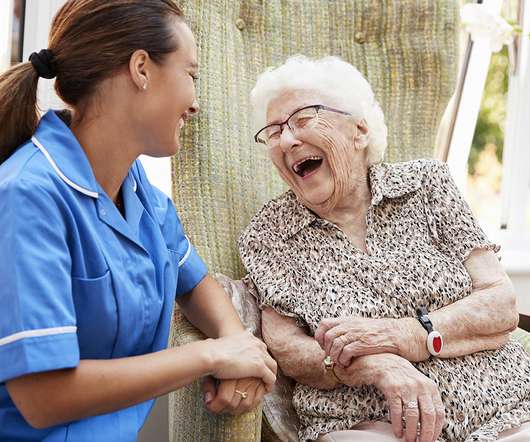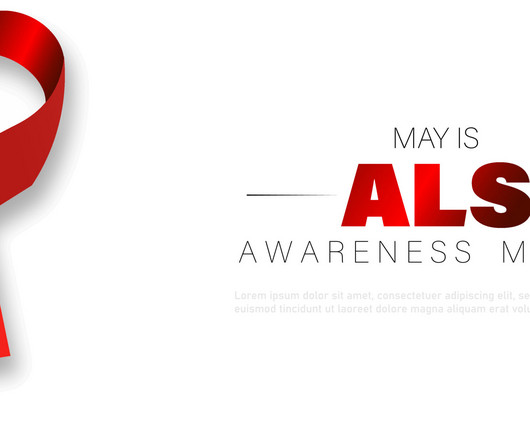Tips for Taking Care of a Confined Older Adult at Home
Caregiver Support Services
JANUARY 26, 2025
Regular sponge baths or bed baths prevent skin infections and keep your client feeling fresh. The room should be well-ventilated and at a comfortable temperature, typically between 68 and 74 degrees Fahrenheit. The post Tips for Taking Care of a Confined Older Adult at Home appeared first on Caregiver Support Services.













Let's personalize your content